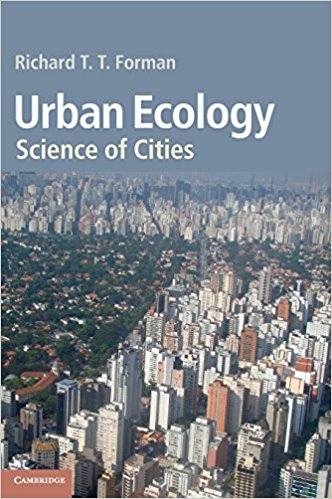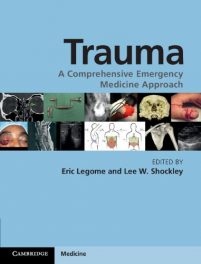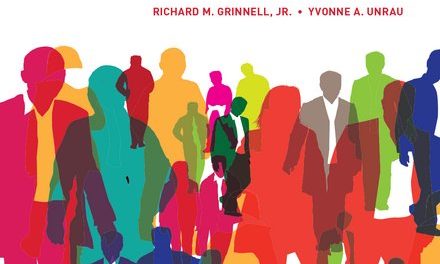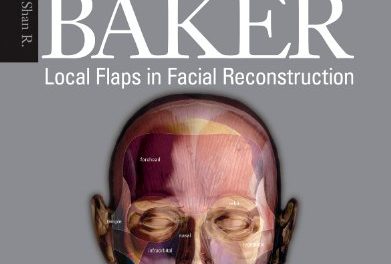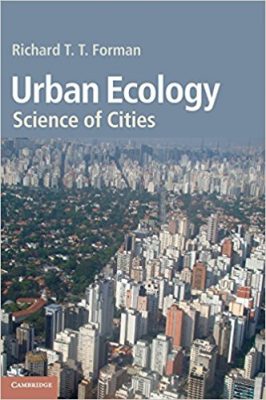 Author: Richard T. T. Forman
Author: Richard T. T. Forman
Publisher: Cambridge University Press – 462 pages
Book Review by: Sonu Chandiram
Numerous cities and towns around the world today face enormous and varied environmental challenges, writes Mark J. McDonnell in his Foreword to this book. He is director of the Australian Research Center for Urban Ecology.
Some of the major problems these urban areas (especially those with large populations) have to deal with are food shortages (which may be due to transportation issues), energy inefficiency, inadequate clean water, management of the ever-growing amount of waste, and growing pollution, seriously harming the health of residents.
On top of the environmental problems that have emerged as a result of poor or no planning of the especially large urban population centers, there are also social challenges that have compounded their problems, such as over-crowding, growing poverty, increasing unemployment, unchecked disease and declining health levels, and a general feeling of unease and even discomfort, particularly in cities with populations of several million people.
On the other hand, well-planned cities and towns do not have these problems and function well, fostering human productivity, health, and well-being.
When we use the word ‘ecology’ what comes to mind are trees, plants, and other forms of vegetation. And when we say ‘urban’ we visualize tall buildings, bridges, roads, and other structures found in a typical city. So what comes to your mind when you say ‘urban ecology’?
You likely see in your mind some images of buildings as well as trees. Is that a clash of imagery? For most, probably so. But for others, a possibility of blending the two types of images.
“The clashing and collaborating of these two giants – urb and ecology – led to this book,” the author Richard Forman writes in his Preface.
Urban ecology is probably a relatively new field of study that likely became important with increasing urbanization of human society, that led to the challenges and problems we mention above. It is an area of study that can help bring in some greenery (and other colors) and ‘life’ to an otherwise drab grey urban area than many live in.
In this book, Forman, an urban ecologist who teaches at Harvard University, lays out the components and requirements necessary for ultimately creating a harmonious outcome – what he calls “a spatial pattern to mesh nature and people on the land.”
To understand how the desired outcome is to be arrived at, we present below an overview of the process laid out in this uniquely valuable text by listing below its components:
- Part I. Framework
- Foundations
- Spatial patterns and mosaics
- Flows, movements, change
- Part II. Ecological Features
- Urban soil and chemicals
- Urban air
- Urban water systems
- Urban water bodies
- Urban habitat, vegetation, plants
- Urban wildlife
- Part III. Urban Features
- Human structures
- Residential, commercial, industrial areas
- Green spaces, corridors, systems
Forman writes that urban ecology essentially consists of “interactions of organisms, built structures, and the physical environment, where people are concentrated.”
The organisms are: plants, animals and microbes; built structures are the roads and buildings; the physical environment comprises of soil, water and air; and prime human concentrations are located in the cities, towns and adjacent built areas.
He asserts that the perspective must be global, and we must not limit our view to a single nation.
Our view is that such limiting leads to ‘brain drain’ and other such sapping of human resources in underdeveloped countries that people leave, then flock to developed countries such as the United States.
This then leads to resource pressures and political debates on immigration policy, with liberals saying “let them come in” as it translates into more votes from U.S. citizen-relatives, and conservatives saying “we can’t afford additional pressures our resources.”.
This is a unique, pioneering and forward-thinking work for which we commend Mr. Forman.
Author:
Richard T. T. Forman is the PAES Professor of Landscape Ecology at Harvard University where he teaches ecological courses in the Graduate School of Design and in Harvard College.
His research and writing include landscape ecology, road ecology, urban ecology, and land-use planning and conservation, the netway system, and linking science with spatial pattern to mesh nature and people on the land.
His previous title, Urban Regions: Biology and Planning Beyond the City was published by Cambridge University Press in 2008.

